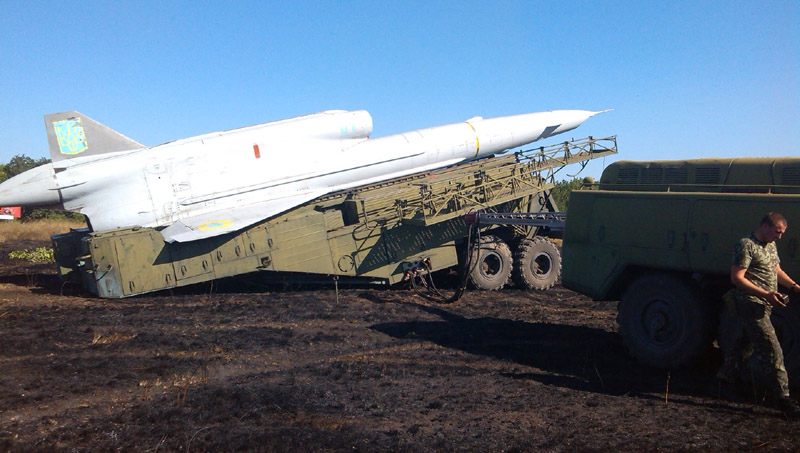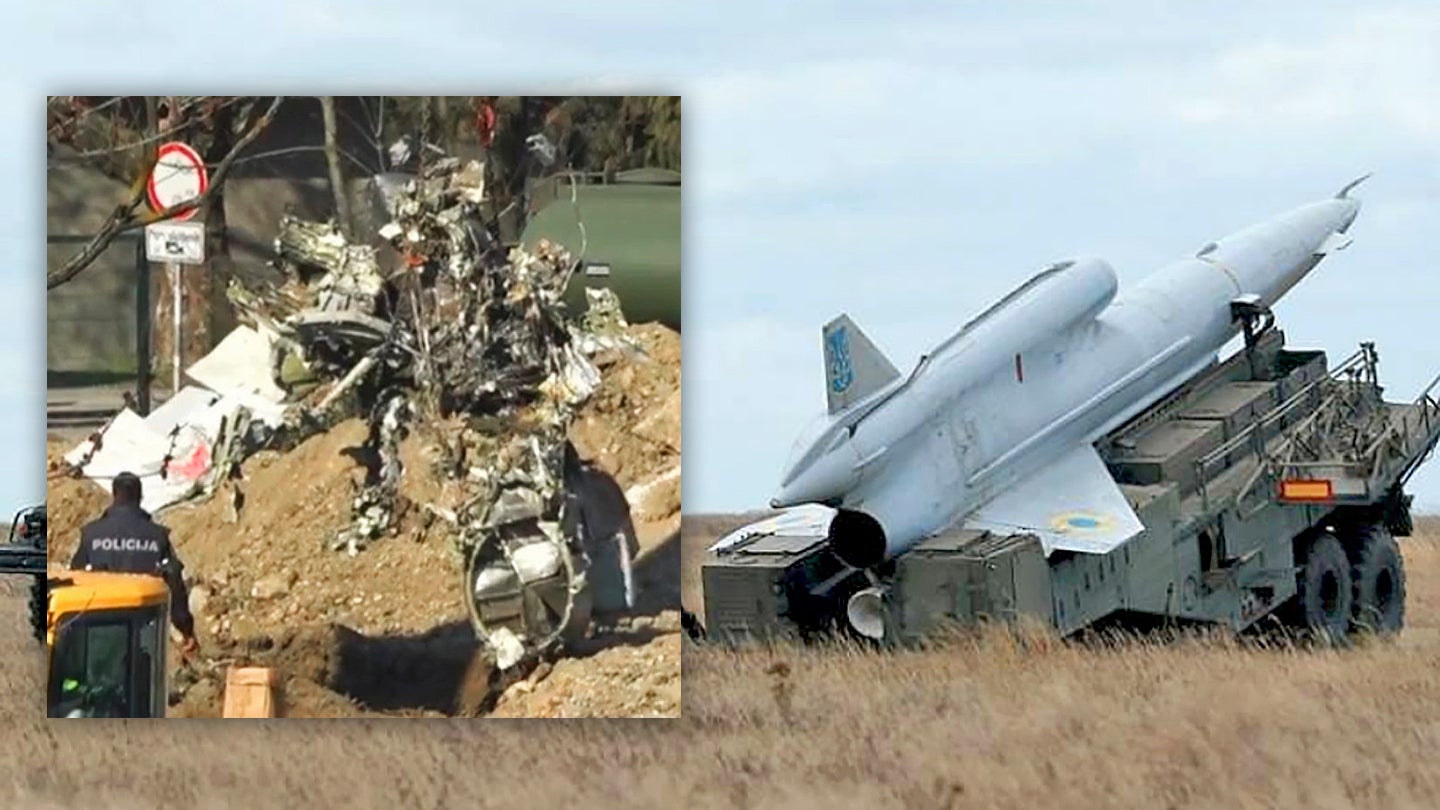The mystery surrounding the Tu-141 “Strizh” high-speed drone’s crash in Zagreb, Croatia has only deepened after Croatian Defense Minister said that traces of explosives and components of an aerial bomb were found in the impact crater along with parts of the Soviet-era unmanned aerial vehicle. The War Zone was first to identify the aircraft shortly after it crashed in the middle of the night in the Croatian capital on March 10th, 2022.
At the time, rumors ran rampant that the aircraft was a fighter jet as parachutes were seen nearby — the Tu-141 uses parachutes to safely recover after its pre-programmed flight. Some declared there was a major manhunt against the armed crew ongoing throughout the city. None of this was the case and the drone, which was designed for reconnaissance in the mid-1970s, was eventually identified by the government.

Only Ukraine actively uses the type, putting them back in service after Russia’s annexation of Crimea in 2014, although, as we stated at the time of the crash, it’s possible Russia has pulled some out of storage to work as air defense decoys or for even more nefarious purposes in preparation for the conflict in Ukraine.
Croatian news outlet HRT states that defense officials said an explosion happened after the drone impacted the ground, significantly decreasing the warhead’s impact on the local surroundings. What was left of the drone was moved to a secure location for further examination as part of a wider investigation into the incident, which included the penetration of NATO airspace for hundreds of miles. ‘Black boxes’ were also taken from the wreckage for analysis, but it is very unlikely these remnants included a modern hardened flight data recorder.
It’s hoped that whatever explosive was onboard, as well as other features that can be reconstructed from the wreckage, can be identified, which could provide a better idea of who launched the drone—Ukraine or Russia. Onboard navigational data from the aircraft’s relatively primitive autopilot systems could also help give some answers as to if the drone had malfunctioned or if it was sent into NATO airspace—apparently armed with a bomb—on purpose.
If the drone was modified to carry a warhead, its presence in NATO airspace and its crash landing in Croatia is all that much more concerning. Then again, if it was on a one-way trip, why would it have been equipped with its parachutes for recovery? The bomb revelation is also puzzling. If the reconnaissance gear was pulled from the airframe, it’s possible a warhead could have replaced it, but hanging a weapon off the bottom of the aircraft would be problematic. It’s also worth noting that the Tu-141 is launched via a rocket booster. Maybe it didn’t detach and that spent booster is being confused with a bomb.
There is also the question of another Tu-141 that supposedly crashed in Crimea just a day or so after the incident in Zagreb. That example was clearly painted with the Russian red star on its tail. Reports from the crash site in Zagreb and subsequent imagery show the aircraft wearing an identical red star on its tail. So, are these Russian aircraft that have been pulled out of storage for use as decoys or as crude cruise missiles for this conflict, or do they belong to Ukraine? It would be hardly surprising if Ukraine converted some of these old drones into vengence weapons aimed at hitting the Russian military behind its own lines.
Some have posited that the Ukrainian logos applied to the relatively ancient drones just dissolve in the high heat of these crashes, leaving the original red stars painted beneath them dating back from the Soviet days visible. Photographic evidence (seen in the tweets embedded below) points to this being a real possibility.
Either way, if this Tu-141 was armed with a bomb, the answer as to its origins would be troubling, but the paint issue alone underlines how sensitive this conflict is. Just an issue with the heat resistance of decals could result in a case of mistaken identity after a very sensitive situation like this. Just the fact that both sides largely use similar military equipment can add to confusion and miscalculations.
We will continue to keep you updated as this strange story evolves.
Contact the author: Tyler@thedrive.com
